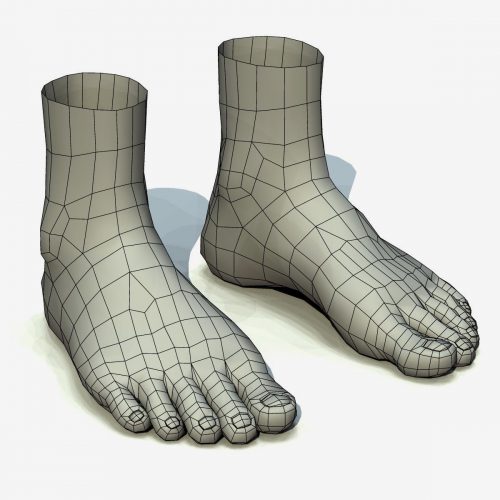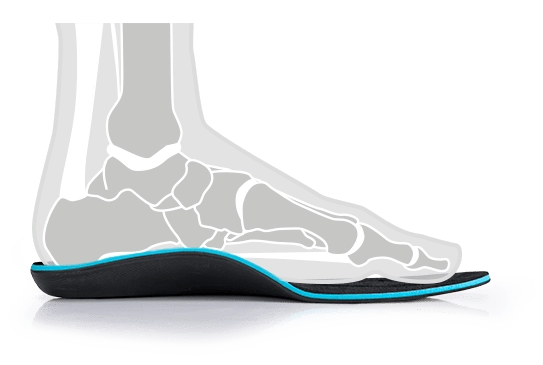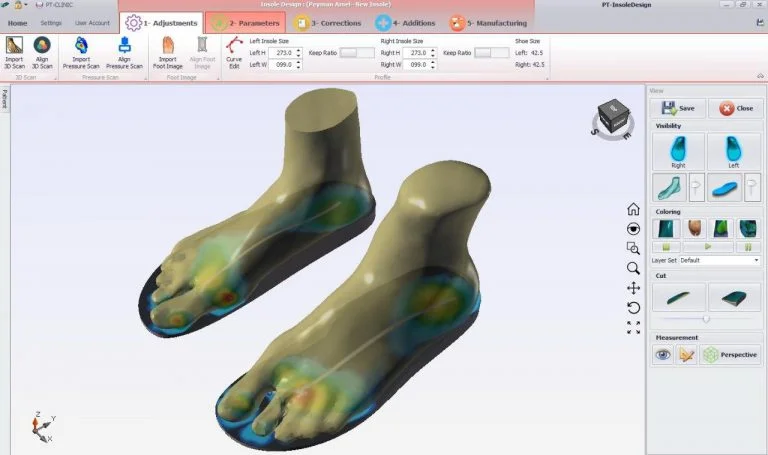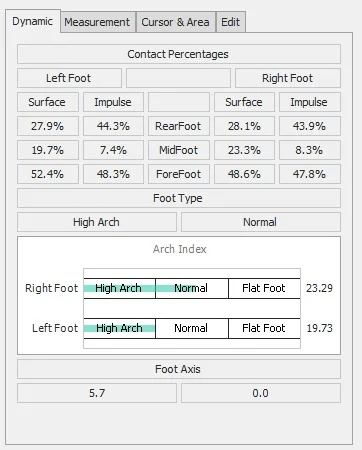Articles
All about 3D foot scan
The 3D scan is novel in comparison to other methods of foot scanning. In recent decades, 3D scanning technology has expanded into the fields of mechanical engineering, geology, art, and medicine, particularly dentistry and orthopedics.
Before starting the discussion about the 3D foot scan, if you have no information about different types of foot scanning, we refer you to these articles: “Foot Scanner Types.”
What is a 3D foot scan?
In the past, people used plaster to make a mold from an object. However, in the medical field, more accurate and high-precision technology is needed. The foot pressure scanner is the best one of them in the plantar scanning area. It is a 3D foot scan based on laser scanning, designed to capture foot pressure and force. It collects accurate and reliable pressure data for analyzing foot function and gait on different parts of the foot sole, identifies the plantar pressure profile, and more. If you want to know more, refer to the foot pressure scanner.

What is the purpose of 3D foot scan?
Whenever we need to accurately measure the dimensions of an object, we make molds from that object. In the realm of health and medicine, a more accurate assessment can accelerate treatment. Therefore, the purpose of 3D foot scan or foot pressure scanner is to evaluate foot deformities more accurately and better detect them in order to choose the best treatment.
What is the application of 3D foot scan?
In the field of technical orthopedics, the shoe industry, or cohort studies, we need accurate measurements of the foot sole to make orthotic insoles or orthopedic shoes. We are more comfortable when the orthotic insole properly fits the shape of our foot. In some considerations and principles of treatment, changes in the orthotic insole are prescribed by the specialist for the purpose of treatment. The most important foot sole measurements are the arch height, the arch length, and the lateral foot margin. The old methods of measuring the foot size and shape were not capable of providing the accuracy required for the orthotic insole. But today, these details can be prepared in less than 10 seconds with a 3D scan of the foot sole.
How is 3D foot scan performed?
3D foot scanning is done using a camera and laser. The laser creates a red line on the surface of the foot, and the camera captures where this line intersects the foot’s surface. Images are continuously taken from the point of contact between the laser and the foot, and these images are then combined to form an accurate model of the foot. In this way, a three-dimensional model of the foot and plantar surface that can be measured from any angle is created.
Which foot-scanning method is more suitable for making orthotic insoles?
A foot scan must have two steps to be accurate, reliable, and tailored to the patient’s needs:
1. Foot scan to detect complications and high-pressure points
The first step of scanning the foot is to measure the sole pressure, as this provides information such as the pressure difference between the left and right foot, the exact distribution of pressure in the forefoot, midfoot, and hindfoot, the detection of high-pressure areas on the sole, checking walking patterns, and measuring the mean foot pressure and maximum pressure during walking and standing.
Of course, these high-pressure points are usually not the same when standing and walking, so the foot pressure test should be performed both statically (standing) and dynamically (walking). In addition, we require the person’s motion analysis as well as the measurement of their center of pressure (COP) displacements.
The more complete the analysis of the foot pressure distribution is, the more accurate and scientific the basis for the diagnosis will be, and as a result, the inserts and orthotic insoles designed will have a maximum fit with the plantar surface of the patient.
Pay attention to how important this step is; as a result, in the foot scan to detect complications, you should use the pressure scanner of the foot sole and not the optical scanners that use a photograph to simulate the pressure distribution. However, optical scanners do not have the ability to scan a person’s gait.
2. Foot scans for accurate molding and fitting of the orthotic insole of the foot arch
In the second step, in order to accurately mold and properly fit an orthotic insole with the foot arch and plantar surface, a 3D scan of the foot sole is necessary. This will provide a 3D model of the plantar, which can be used in insole design software.


What is the difference between foot pressure scan and 3D plantar scan?
A foot pressure scan is used to evaluate high-pressure points on the plantar surface while standing and walking. This scanner is used to identify complications and abnormalities of the foot structure and muscles, posture abnormalities, and motion analysis; thus, it is an important tool for the professional diagnosis of diseases and specialized evaluation. The 3D plantar scanner provides measurements of the exact dimensions of the longitudinal and transverse foot arches and detects the foot arch type and height.


Which foot scanning method determines flat foot?
Almost all foot scan method (foot pressure scanner, optical scanner, pedoscope, 3D foot scanner) claim to determine the type of foot arch. However, only the foot pressure scanner in the walking test has the ability to determine the type of foot arch. Also, there are two types of flat foot:
- Flexible flat foot
- Rigid or inflexible flat foot
A dynamic scan with a foot pressure scanner is required to diagnose the type of flatfoot so that even things that cannot be seen through clinical examination can be determined.


Foot scanning and orthotic insole
Orthotic insoles have different categories, such as “prefabricated insoles” and “custom-made insoles” in one, and “made by subtractive manufacturing (lathe machine)” and “made by additive manufacturing (3D printing or injection)” in another. Each of this insole has its own unique features that is used according to the opinions of experts. However, the point that exists in all these categories is matching orthotic insoles with foot problems. As a result, the first step in choosing an orthotic insole or a custom orthotic insole is foot scanning.
Is 3D foot scanning harmful to the body?
No, not at all. The role of the laser in this device is only to create a focused light plane and so-called low-power lasers. High-power lasers are also used in the medical industry, but they do not play a role in 3D scanning technology.

